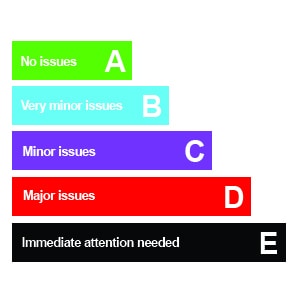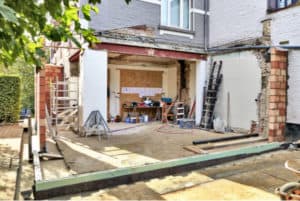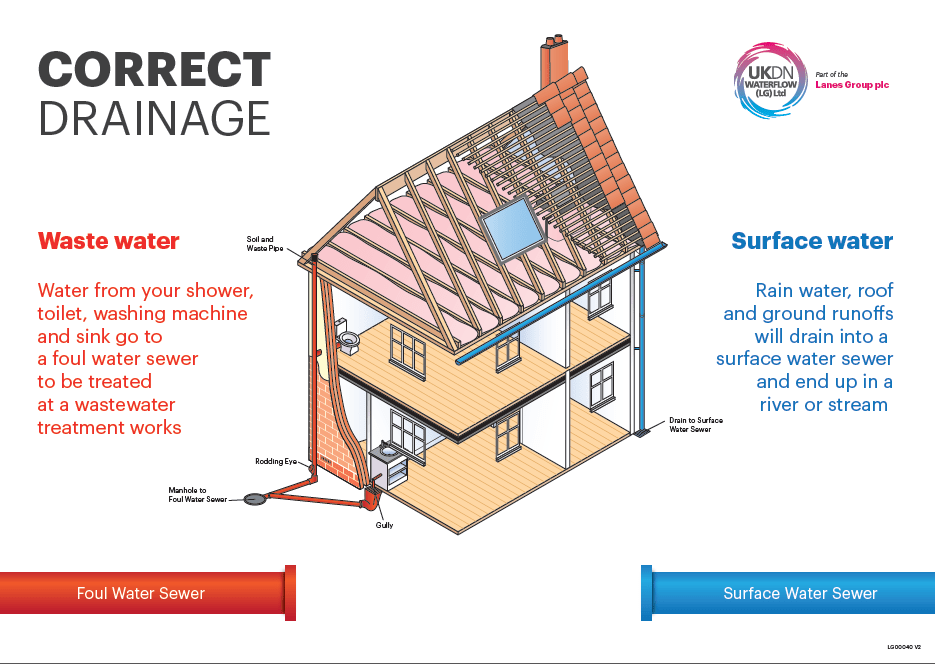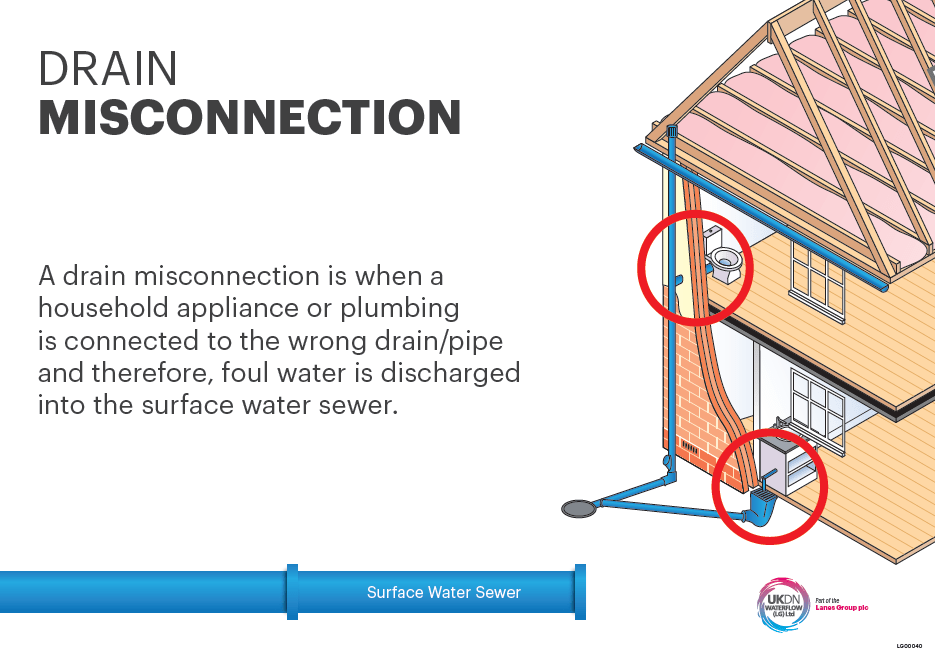Join UKDN Waterflow (LG) as we explore the regulations and laws surrounding drainage and also go through our optimum performance code. The code gives builders, engineers, and homeowners the resources to judge a drainage system and identify whether a drain may be breaking the law or in need of repair.
Drain Law and Regulations
Regulations and legislation around drainage and sewage systems in the UK are tight and must be adhered to.
Anyone involved with construction and engineering will be aware of general procedures around obtaining planning permissions, but it can become significantly more complicated as far as drainage and sewerage are concerned, due to ownership of the drain.
Some properties own private sewers, but generally speaking, public sewers are owned by sewerage undertakers and water and sewerage service providers. Their permission must be gained before any development work is undertaken on or around the sewer they own – and this applies to anything from a new driveway to an extension of a roof.
The potential risks of flooding and blockages must be considered in line with the likes of gradients and gully positions, so it is often not as straightforward as getting basic planning permission.
Extending a property
With regards to extending or altering an owned property, the owner is responsible for the correct setup of the drainage system.
It doesn’t matter if the issue was present under the previous owner, as it is the current owner’s responsibility to check the condition of the property’s drainage system to ensure it is compliant with the law and not at risk of causing flooding or pollution in the local area.
It is critical that builders consult Approved Document H before building over drains and commencing any construction work to ensure they comply with the law.
It is of paramount importance that the owner of the sewerage or drainage system to which a connection is required is contacted as early as possible in the planning phase of any construction work. Failure to do so can result in illegal practices and hefty fines.
What is an illegal drain?
Examples of illegal setups include misconnections, cracks in pipes and blockages that put the surrounding areas of a property at risk.
For instance, the pipes that are supposed to lead from a toilet system to a foul water sewer might be incorrectly attached to a surface water sewer, which means that dirty water could end up in rivers and streams.
This is why it is crucially important that great care is taken during the construction of any building concerned with drainage and sewage.
According to the Department for Environment, Food and Rural Affairs (DEFRA), there is still an estimated 150,000 to 500,000 UK homes with some sort of drain misconnection.
Illegal drain set ups in the UK can lead to prosecution by local authorities or the Environment Agency. The initial action taken by the authorities will be to work with the property owner to fix the issue as quickly and efficiently as possible, but potential legal action for significant damage to the environment, for instance, can incur fines of up to £50,000 or imprisonment for up to 12 months in some cases. For more serious cases with large properties and businesses, the Crown Court can issue imprisonment of up to 5 years, an unlimited fine, or both.
The Optimum Performance Code

UKDN’s new coding system is designed to be entirely accessible to homeowners and anyone in the construction and engineering sectors.
This is to ensure swift and appropriate action can be taken when necessary for any type of drainage system, whether it concerns a 75 mm pipe or a trunk sewer that is over 1 metre wide.
A: No issues.
The optimum level of drain efficiency. No issues were identified and the drain is well-laid with no misconnections, displaced or open joints, incorrect gradients or root ingress, which means it can achieve an efficient flow with no blockages or leaks.
What to look out for:
• The drains and pipes are in good condition and there are no visible cracks or build-up of grease.
• The wastewater is draining properly and the flow is at optimum efficiency.
• There is nothing visible in the drainpipes that could cause obstructions or blockages.
B: Long term issues.
The drain is operating efficiently, but small issues that are affecting free-flowing wastewater are present, such as minor grease levels or minor gradient deficiencies. A CCTV survey or repair schedule needs to be planned to improve overall drain efficiency.
What to look out for:
• The drains and pipes are in good working order, but visible wear and tear means that minor blockages or obstructions may be occurring, which could be disrupting the efficiency of the water flow. The pipes may need to be cleaned and mended to achieve optimum efficiency.
C: Minor issues.
The drain is in need of repair due to noticeable deterioration of the pipes, such as blockages, erosion, cracks and leaks.
What to look out for:
• The drains and pipes are showing significant signs of depreciation and blockages, leaks or water ingress have been identified.
• Wastewater is draining slowly and the system is emanating unpleasant odours.
D: Major issues.
The drain is in danger of becoming structurally unsound or causing a flood and must be allocated a repair schedule as soon as possible. The threat of permanent damage, serious blockages, pollution or flooding is very high and requires immediate attention.
What to look out for:
• The water is stagnant and there are small leaks, cracks or collapses in the drainpipes.
• Pipework is at an incorrect gradient and may be causing blockages and leaks, which has the potential to affect the surrounding substrate.
E: Immediate attention needed.
Urgent maintenance and drain repair is needed due to collapse, fractured/broken pipework, structural damage, pollution, and blockages or flooding. The drain simply cannot continue to function in its current state.
What to look out for:
• There are misconnected pipes with significant cracks and leaks or subsidence.
• Some pipework is missing, there is a backlog of wastewater and the drain is overflowing to the point at which it is causing large blockages or obstructions.
You can find out more about misconnections, how to identify them in our whitepaper – Are your drains breaking the law? If you’d like to find out more about illegal drainage or have any questions about drainage, get in touch with us today.



